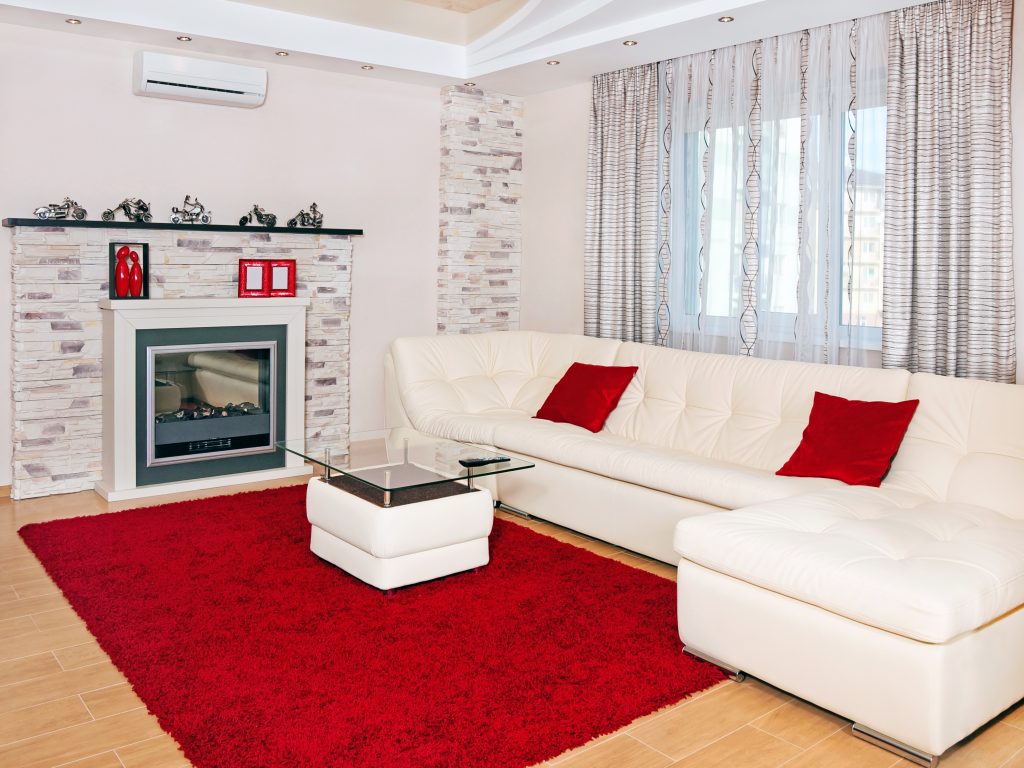Christmas really is just around the corner, so now couldn’t be a better time for landlords to check up on their properties before they settle in for the festive period. This winter property checklist for landlords will ensure that your investment is safe and secure as the cold weather bites…
Although we’ve already experienced some freezing temperatures this winter, they’re only expected to drop even further, so avoid a Christmas calamity by taking action now – the last thing you want as you tuck into your turkey and pigs in blankets is a phone call from your tenants.
Popping over to your property to conduct a winter periodic inspection can save you time, money and hassle over the festive season.
Landlords should tick these areas off their checklist as they visit their properties (but remember to give your tenants at least 24 hours’ notice and receive written confirmation):
Start with a chat
It’s a good idea to sit down with your tenants and discuss the colder weather and its effects on the property before you begin your check. Ask them if they’ve noticed any drastic changes to their bills, remind them to avoid drying clothes on radiators and ask them to keep the heating on low even when they’re out. Specialist Landlord Insurance provider Just Landlords advises a minimum temperature of 15°C for the property at all times during winter.
Smell (and look) for damp
As you begin moving around the property, take note of any rooms or areas that have a particularly damp smell and look out for signs of damp, mould and condensation. Not only are they unsightly, but these problems could lead to health issues for your tenants.
During winter, damp and mould can get worse due to condensation. Remind tenants to keep the property ventilated and install extractor fans if you haven’t already. If you notice any patches of mould, make sure you arrange for them to be removed as quickly as possible.
Look outside in the daytime
It’s important to remember that the outside of your property endures the bad weather, so take a look over the exterior during the lighter hours. Look for any cracks in the bricks, debris in the gutters and any missing roof tiles. If you do spot any issues, make a note and arrange for them to be fixed – spending a bit of money now can save you a lot more in the long-term. If problems are left unattended and a particularly cold spell arrives, they are only likely to worsen.
Head up to the loft
Although it may not be accessible, ask tenants if you’re able to get up into the loft. This is the easiest and safest way to check whether the roof is in a good working order. Shine a torch to look for gaps in the roof tiles or missing slates. This prevents you having to call out an expert to get up onto the roof, but will highlight any problems that need resolving.
Make sure the heating works
Although your tenants are likely to inform you if the heating isn’t working, you may notice particularly draughty spots when you visit the property. Not only is this uncomfortable for your tenants, but it can also lead to a number of problems for you, including mould and frozen pipes.
Check that the boiler’s in a good working order when you visit and ask your tenants whether you can perform simple tasks, like bleeding the radiators and installing draught excluders around windows and doors to improve the heating – we’re sure they’ll thank you for it!
Check the property if it’s empty
If your property is empty over the festive season – whether you’re suffering a void period or your tenants are away – it’s important that you continue to check it to make sure it’s safe and secure.
Ask your tenants if you’re able to make visits to the property while they’re away so that you can ensure the home looks occupied and deal with any emergencies.
If you’re away over Christmas, make sure your tenants know who to contact in an emergency and that they should turn the stop tap off if pipes do burst.
